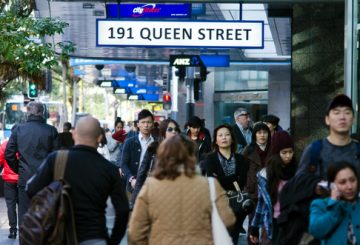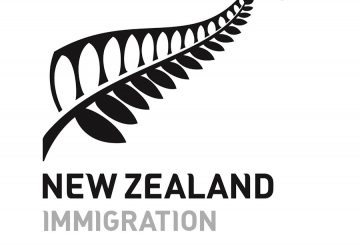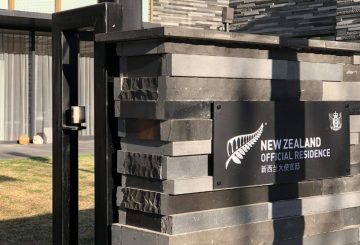Chính phủ đã công bố một loại thị thực mới cho những người di cư có tay nghề cao và có tài sản để khuyến khích đầu tư tích cực.
Thị thực “Active Investor Plus” mới, được mở nộp đơn từ ngày 19 tháng 9, sẽ thay thế hai loại nhà đầu tư di cư hiện có.
Theo kế hoạch mới, một hệ thống trọng số (weighting system) sẽ được sử dụng để cân bằng các khoản đầu tư chủ động và thụ động, với các khoản đầu tư tích cực nhận được trọng số 3 lần trên mỗi đô la được đầu tư. Để đủ điều kiện xin thị thực, người nộp đơn phải đầu tư tối thiểu 15 triệu NZD hoặc trọng số tương đương. Điều này có nghĩa là các ứng viên chỉ thực hiện các khoản đầu tư tích cực sẽ đủ điều kiện xin thị thực bằng cách đầu tư tối thiểu là 5 triệu USD.
Mục đích của hệ thống mới là thu hút nhiều nhà đầu tư tham gia và giàu kinh nghiệm hơn đến đất nước.
Bộ trưởng Bộ Phát triển Kinh tế và Khu vực Stuart Nash cho biết: “Các thiết lập thị thực mới sẽ thu hút những người di cư năng động và có giá trị cao, những người sẽ mang chuyên môn quốc tế của họ để giúp các doanh nghiệp New Zealand phát triển, tăng việc làm tại địa phương và có lợi trực tiếp cho nền kinh tế”.
Theo các quy định mới, ứng viên cũng sẽ phải dành ít nhất 117 ngày tại New Zealand trong giai đoạn đầu tư bốn năm.






























































